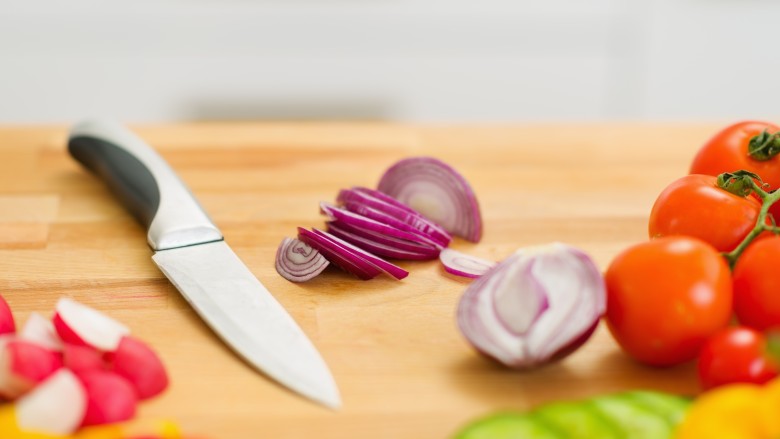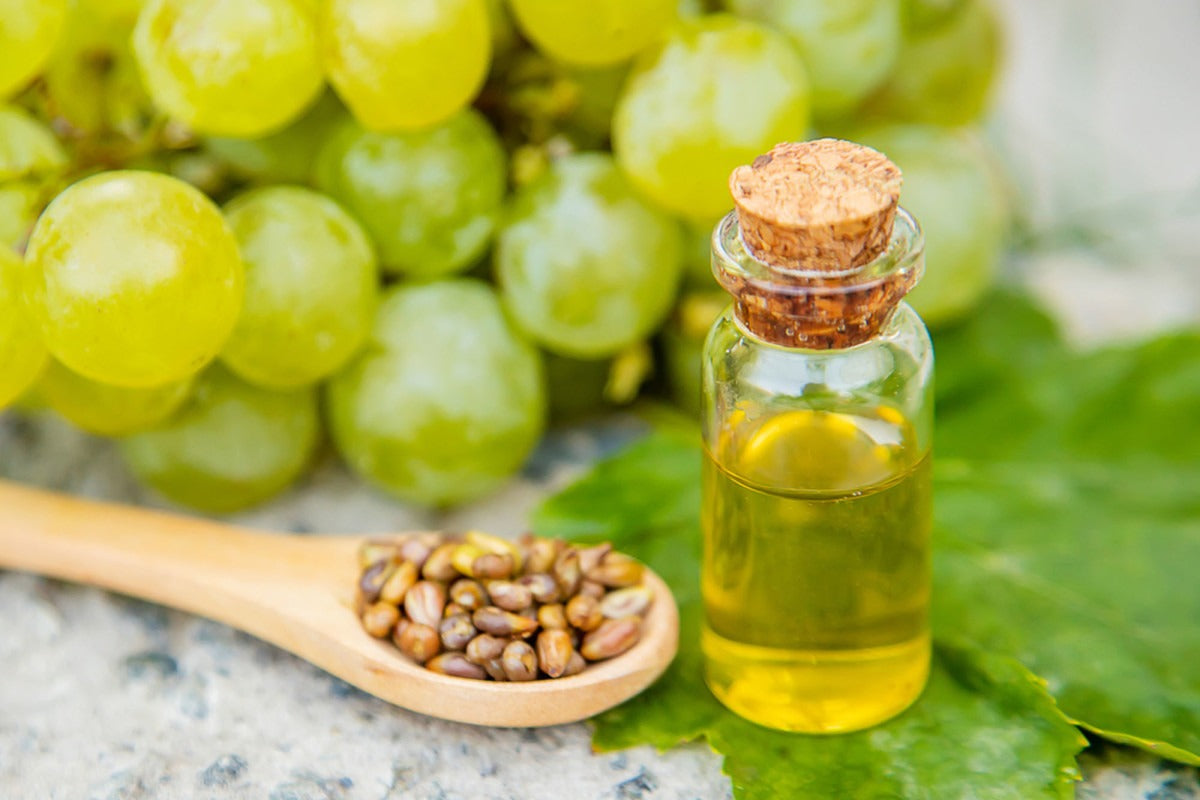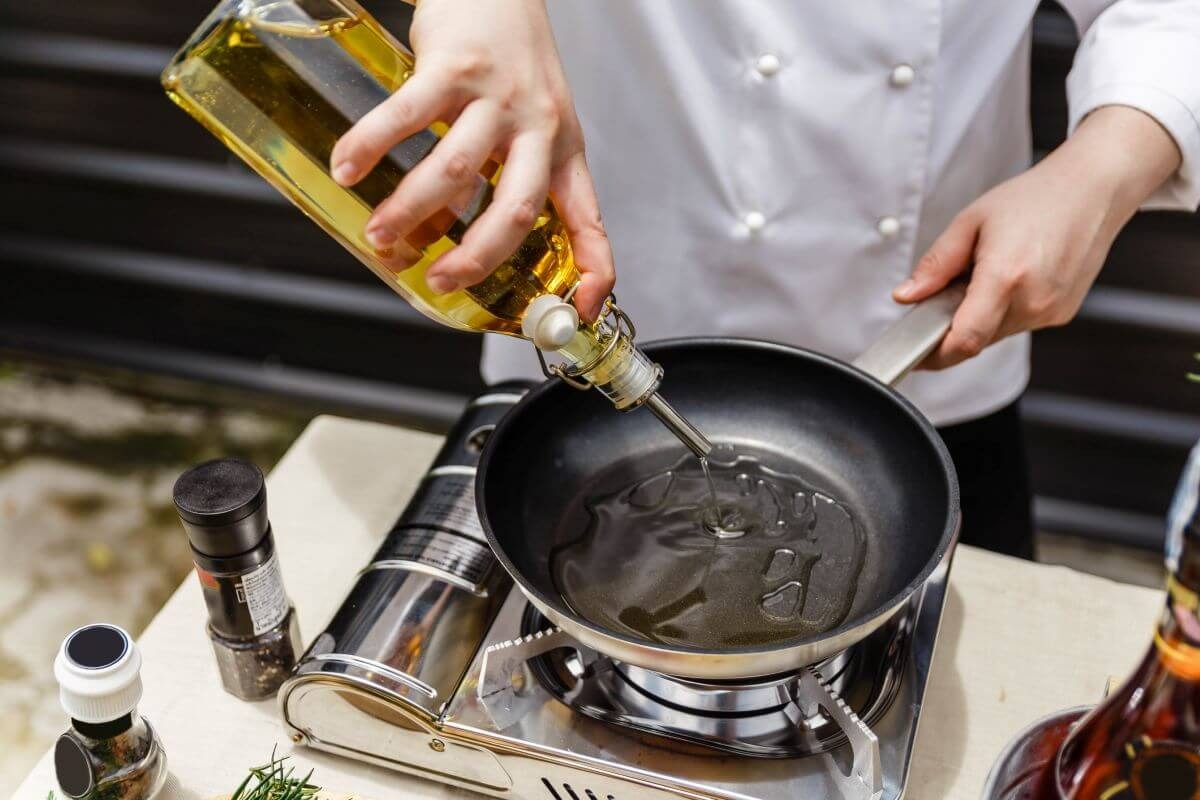For culinary professionals, a cutting board is far more than just a tool; its an indispensable part of the kitchen. Be it chopping fresh vegetables for a nourishing soup or crafting delicate sushi, keeping your board in prime condition is vital for outstanding culinary results. Failing to care for your cutting board can result in cracks, odors, and warping, particularly with wooden varieties. This brings us to a common query among chefs: how to condition cutting board effectively?
Conditioning your cutting board is crucial not just for durability but also for maintaining hygiene and maximizing its performance. In this guide, well cover everything you need to know to keep your cutting board looking and performing its best. Whether you prefer wooden or plastic boards, our comprehensive instructions will elevate your culinary skills.

Why Is Conditioning Your Cutting Board Essential?
First, lets explore why conditioning is so important. Cutting boards, especially those made of wood, are composed of natural materials that deteriorate over time. Frequent usage makes them prone to cracking and splitting, creating a favorable environment for bacteria. Consequently, regularly oiling and caring for your cutting board is a routine that no kitchen expert should ignore.
Conditioning helps combat the drying and warping effects that moisture can inflict on wooden boards. Moreover, applying mineral oil or beeswax not only safeguards the surface but also accentuates its natural beauty, leaving the board smooth and resilient for longer periods.
Key Materials for Conditioning Your Cutting Board
Before we dive into the process, its vital to gather the right materials. Using the incorrect substances could damage your board and compromise food safety. Heres what youll need:
1. Food-Grade Mineral Oil
This oil is the cornerstone of cutting board maintenance. Unlike culinary oils, mineral oil wont go rancid. Just make sure its labeled as food-safe for peace of mind.
2. Beeswax or Cutting Board Cream
Beeswax can enhance your conditioning routine immensely. It seals the wood beautifully, creating an effective barrier against moisture and stains. Youll easily find combination creams containing beeswax and mineral oil, which are ideal for this task.
3. A Soft, Lint-Free Cloth
A clean, lint-free cloth guarantees an even application of your conditioning products. Microfiber cloths are particularly effective.
4. Sandpaper (Optional)
If your board displays deep scratches or has a rough surface, lightly sanding it before applying oil can refresh its appearance.
5. Warm Water and Soap
Youll also need these for pre-conditioning cleaning. Just be careful not to submerge the board for too long, as that may cause warping.
A Step-by-Step Guide on How to Condition Your Cutting Board
Now that you know why and what you need, lets jump into the step-by-step process of conditioning a cutting board. Professional chefs advocate this routine to maintain their boards functionality.
Step 1: Clean the Board Thoroughly
Begin by washing your cutting board with warm, soapy water. Use a sponge or brush to scrub away any residue, but avoid soaking the board as it could lead to warping. For stubborn stains, sprinkle some coarse salt and scrub with a lemon for a natural clean.
Once cleaned, dry the board with a towel and let it air dry completely before proceeding.
Step 2: Apply Food-Grade Mineral Oil
Pour a generous yet manageable amount of food-grade mineral oil onto the boards surface. Use a soft, lint-free cloth or your hands to rub the oil into the board in a circular motion. Ensure an even coating across the surface, especially the edges where cracking is more likely.
If its your first time oiling the board, let the oil soak in overnight for optimal absorption. Wipe off any excess oil with a clean cloth.
Step 3: Seal with Beeswax or Board Cream
While optional, this step is advised for wooden boards. Apply a cutting board cream or beeswax on top of the previously applied mineral oil. Rub it well into the surface to create an additional waterproof layer, protecting the board from stains and moisture damage.
Step 4: Let the Board Rest
Allow your board to rest in a dry, well-ventilated area for about 24 hours. This time allows the oil and wax to deeply penetrate and safeguard the wood.
Step 5: Buff the Surface
Finally, take another clean, lint-free cloth and buff the surface to remove any excess product, resulting in a smooth, polished finish.
How Often Should You Condition a Cutting Board?
The frequency of conditioning varies based on usage. Here are some general guidelines:
- Heavy Users: If you use your board daily as a professional chef or avid home cook, condition it every 1-2 weeks.
- Moderate Users: If your use is less frequent, conditioning once a month should be adequate.
- Rare Users: For those who use it occasionally, every two months is usually sufficient.
Tips to Extend the Longevity of Your Cutting Board
Maintaining your cutting board involves more than occasional conditioning. Here are some additional tips to prolong its life:
- Rotate Usage: Use both sides of the board to evenly distribute wear.
- Avoid Dishwasher Use: Dishwashers can warp and crack wooden boards due to excessive heat and moisture.
- Use the Right Board: Select the cutting board type appropriate for the task. Wooden boards are great for chopping vegetables, while plastic boards are preferable for raw meats. Discover more on avocado oil mayo.

FAQ: Quick Answers to Cutting Board Conditioning
1. Can I Use Olive Oil for Conditioning?
No, steer clear of cooking oils like olive or vegetable oil as they can spoil and create unpleasant odors.
2. What If My Wooden Board Smells Bad?
Freshen it up by scrubbing the board with coarse salt and half a lemon. Be sure to dry thoroughly afterward.
3. Can I Skip Beeswax?
Absolutely, beeswax is optional. However, incorporating it offers added protection, especially for heavily used boards.
4. Is Coconut Oil a Good Alternative?
If it's refined and food-grade, coconut oil can be acceptable, though mineral oil is generally better for long-term care. Read more about oils and cutting board maintenance on CuttingBoard.com.
By following these guidelines on how to condition cutting board, you can ensure your valuable kitchen tool remains in excellent condition for years to come. From proper cleaning to effective oiling, a few straightforward steps can significantly enhance your kitchen experience. For more kitchen tips, check out cleaning wooden cutting boards.
This article contains affiliate links. We may earn a commission at no extra cost to you.






Leave a comment
This site is protected by hCaptcha and the hCaptcha Privacy Policy and Terms of Service apply.